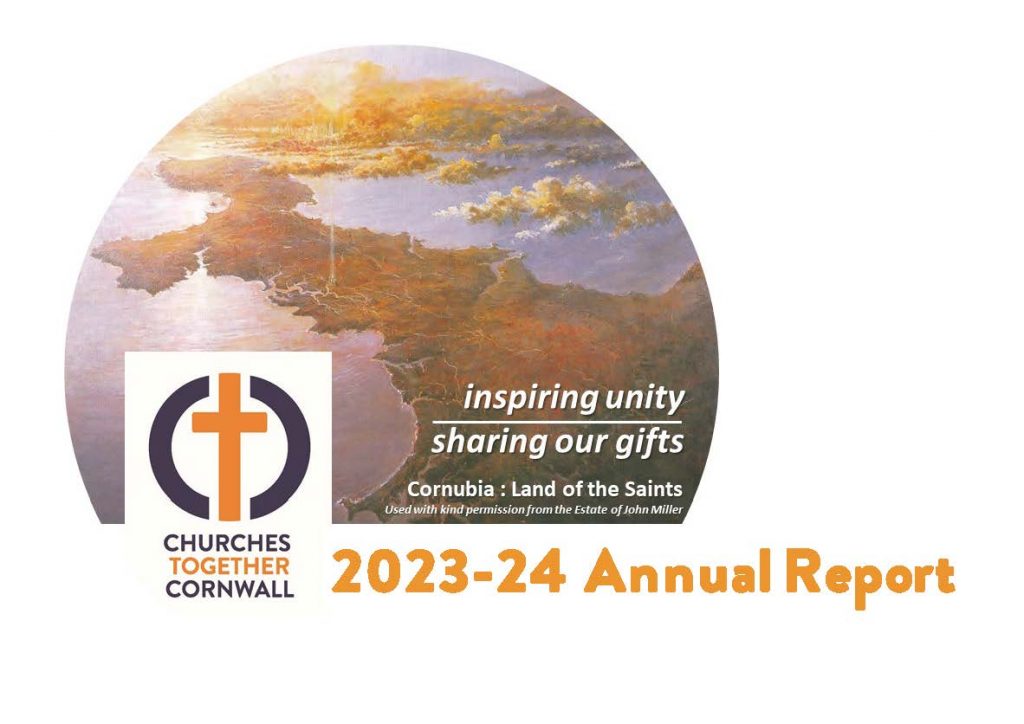5 June 2023
- Seven in ten children experiencing poverty are living in working households.
- End of pandemic support sees child poverty rising again.
- End Child Poverty Coalition is calling for two-child limit for those claiming Universal Credit to be scrapped, as evidence shows children with two or more siblings are more likely to be going through poverty.
- Child poverty climbing most steeply in North and Midlands.
- Analysis of official statistics carried out by Loughborough University’s Centre for Research in Social Policy (CRSP)
An end to the additional support made available during the pandemic has driven up the number of children experiencing poverty to 4.2 million last year (29 per cent of all dependent children aged 0-19), with an increasing number living in working households.
Some 71 per cent of them live in households where at least one adult works, a rise of 6 percentage points since last year.
Lone parents in work especially are struggling with more than a quarter (26 per cent) of all children going through poverty being raised by an adult in full-time employment by the same measure.
There is a clear correlation between children in receipt of disability living allowance and the rate of child poverty at a local level. Additionally, in every region of the UK, children from Black or minoritised ethic communities are more at risk of being in poverty than those with white ethnicity.
The analysis of official statistics, carried out by Loughborough University’s Centre for Research in Social Policy (CRSP) for the End Child Poverty Coalition, also shows how children in larger families are significantly more likely to be experiencing poverty in England and Wales.
Joseph Howes, Chair of the End Child Poverty Coalition, said: “The pandemic and cost of living crisis have meant more and more children are having to go without food and a warm home. These statistics show that the trends in child poverty are particularly worrying in parts of the UK such as the North East and Midlands.
“There is one policy change that we know would make a direct and immediate difference, and that is to scrap the two-child limit for those claiming Universal Credit. The policy is unfair in the indiscriminate impact it has on children, and there is no evidence it has achieved its aims. Abolishing the two-child limit would immediately lift 250,000 children out of poverty, and the government could make this change now.
“We were encouraged to hear in January that the Labour Party is reviewing the policy, yet they must commit to scrapping it altogether ahead of the next election if they are to successfully deliver on their commitment to lead an assault on child poverty.”
Dr Juliet Stone from CRSP added: “Our analysis has shown the real value added by considering local circumstances and context, in helping improve our understanding of the risk of child poverty. But without addressing the wider, detrimental impact of national polices such as the two-child limit, it will be impossible to improve regional and local inequalities in the risk of child poverty.
“Our findings do not yet cover the period of the ‘cost of living crisis’ and we therefore expect that in next year’s data, the situation will almost certainly have got worse rather than better. Addressing both local and national issues that are driving up child poverty rates is vital if we are to see any improvement.”
End of pandemic support sees child poverty rising again
The total number of children experiencing poverty in 2021/2022, 4.2 million, is an increase on the 3.6 million recorded the previous year.
That year, 2020/21 saw a £20 uplift in the weekly payment of Universal Credit, which helped ensure the first-time levels dropped by more than 1 per cent in a decade.
Its removal has seen the number climb back from 27 per cent of all children to 29 per cent – just behind the high registered in 2019.
Children with two or more siblings likely to be in poverty in England and Wales
The figures show a strong correlation between family size and the probability of child poverty after housing costs across the UK, but this is highest in the North West and West Midlands.
In 2021/22, the UK poverty rate among children with two or more siblings was 42 per cent, compared with 23 per cent and 22 per cent among children in families with one or two children.
An estimated 58% of families affected by the ‘two-child limit’ policy are already in work.
Number of children in poverty living in working households on the rise
In 2020/21 some 65 per cent of children going through poverty lived with at least one adult with a job. That figure is now 71 per cent.
With 3.7 million people – or 12 per cent of the workforce – earning less than the real living wage, having a job is not the protection against poverty it once was.
The child poverty rate is more than a fifth – 21.5 per cent – even in the relevant households where all the adults work in the North East, for example.
Child poverty climbing most steeply in North and Midlands
While Tower Hamlets recorded the highest level of children experiencing poverty – 47.5 per cent last year – a dozen other local authorities have seen double digit increases since 2014/15.
On a regional basis over the same period the North East and West Midlands have seen a 9 percentage point rise with the East Midlands registering 7 percentage points and the North West climbing 5 percentage points.
Children with disabilities and from black or minoritised ethnic communities are disproportionately affected by poverty
Households where one or more members are disabled are more likely to experience poverty throughout the UK. There is also a clear correlation between children in receipt of disability living allowance and the rate of child poverty at a local level.
In every region of the UK, children from Black or minoritised ethnic communities are more at risk of experiencing poverty than those with white ethnicity. This association is particularly strong in London, where due to the high ethnic diversity of the region a large number of children are likely to be affected. Even in areas with low numbers of Black or Minoritised Ethnic families, children in those families are more likely to be poor than children in white families.
*Children in this research are age 0 to 19-years-old.
Sophie Balmer, age 19, from Newcastle, grew up in a family on a low income with three siblings, and is an End Child Poverty Coalition ambassador. She said: “As a young person from a single-parent low-income household, I am aware of what life is like for the children in these statistics. Despite my mam having a job and working extremely hard, it is still incredibly difficult to make ends meet. The constant and overwhelming anxiety that living in a low-income household brings for young people is one that is often easily dismissed. The two-child policy makes life even more challenging for those in families with multiple siblings, like my own.”
Liv Eren, age 19, from Halton, in Cheshire, also grew up in a family on a low income and is an End Child Poverty Coalition ambassador. She said: “I am one of many young people who despite living in a working household, has still grown up in poverty. I am still haunted by the experience of growing up ‘without’ for lots of things that others would describe as necessities: proper school uniform, a decent packed lunch or even the having heating on in the house. It is harrowing knowing that there are so many who are deeply struggling.
“We are not just statistics, we are individual people who deserve and need support”.





